Your basket is currently empty!
Home / Mushroom Guide /
Slippery Jack
Slippery Jack
This slimy topped mushroom is common to Pine plantations and can usually be found close to paths in late Summer and Autumn. One of the few Bolete species to have a skirt.
| Mushroom Type | |
| Common Names | Slippery Jack (EN), Boleg Llithrig (CY), Maślak Zwyczajny (PL), Barna Gyűrűstinóru (HU) |
| Scientific Name | Boletus / Suillus luteus |
| Season Start | Aug |
| Season End | Sep |
| Average Mushroom height (CM) | 5-9 |
| Average Cap width (CM) | 5-12 |
Cap
5-12 cm long, 2-3 cm diameter. Dark brown to purple/brown with a very glutinous cap when wet, more rusty brown when dry. Starting convex and broadly flattening with age.
Pores
The pores are round, tightly packed and lemon yellow to dull yellow. When young they are covered by a veil which will break free from the cap forming the skirt.
Stem
5-9cm. Off white to yellow, more yellow above the skirt and covered in small brown granular spots.
Skirt
Thick and white underneath, brown above from the dropping spores, on older mushrooms the underside can become pale lavender coloured or the whole ring can become just a mark on the stem.
Possible Confusion
The Larch Bolete (Suillus grevillei) can look similar but is more orange/yellow. A Larch Bolete variant (Suillus grevillei var. badius) is darker capped but also has a darker stem not the off white stem of Slippery Jack.
Spore Print
Brown. Subfusiform. The image is of the upper surface of the skirt where it has caught some dropping spores.
Frequency
Common and widespread in the UK.
Other Facts
It has been reported that the slimy skin on the cap can cause adverse reactions in some people so is best removed before cooking.
In March 2025 the IUCN (International Union for Conservation of Nature) added 1000 fungal species to the IUCN Red List of Threatened Species. The IUCN (Global) Conservation Status of Slippery Jack (Suillus luteus) is: LC – Least Concern, with stable population. For more information, see on the following link



 (28 votes, average: 3.89 out of 5)
(28 votes, average: 3.89 out of 5)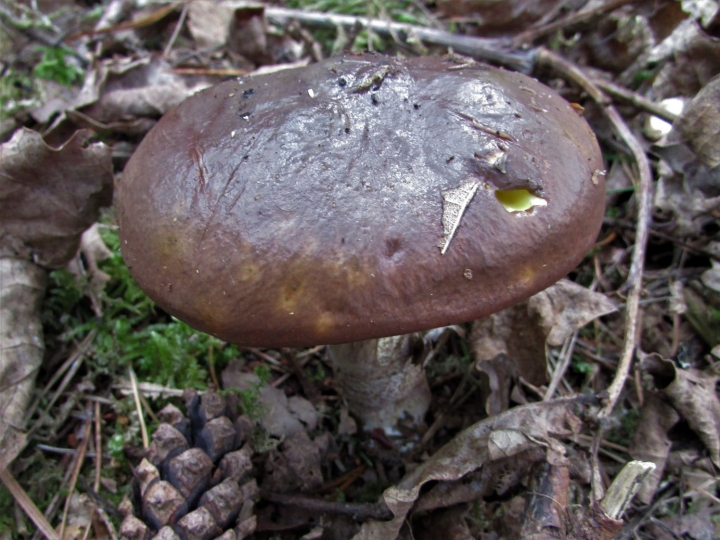

















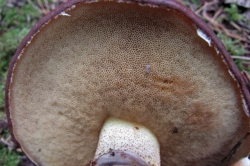
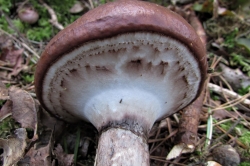
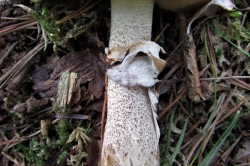
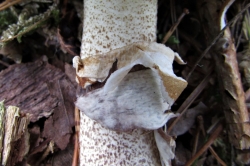
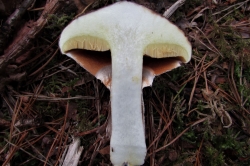
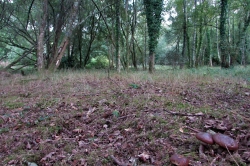
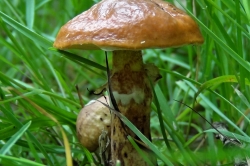












Leave a Reply